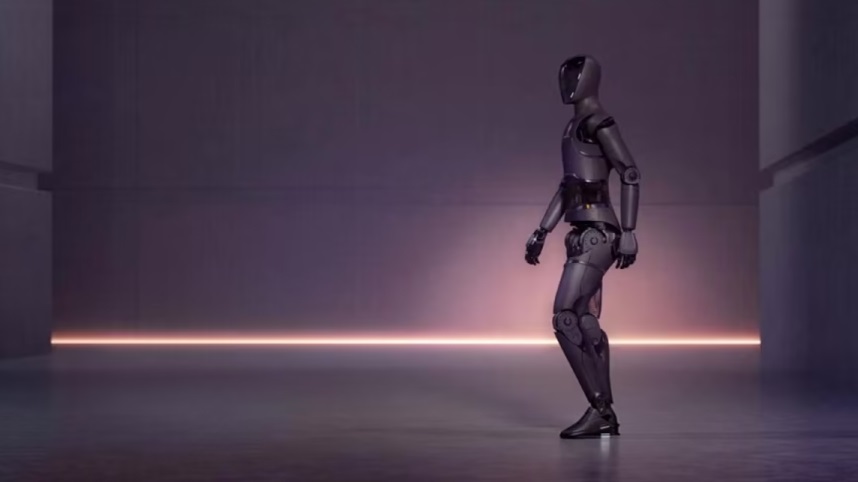
On December 30, 2024, Apple announced the launch of the "self-centered" humanoid robot perception system Armor, an innovative achievement that marks a major breakthrough in humanoid robot technology and injected new vitality into the intelligent development of robots.
In terms of hardware, the Armor system has carefully installed small intelligent depth sensors on the robot arm, and this unique design creates a "self-centered" perception mode, providing the robot with an almost omnidirectional view of the environment, which effectively solves the blind spots and occlusion problems of traditional robot perception. While traditional humanoid robots typically rely on centralized cameras and lidar mounted on the head or torso for environmental awareness, Armor's distributed sensor network is able to capture more precise details of its surroundings, giving the robot a clearer and more comprehensive view of the space around it, greatly enhancing the robot's "spatial awareness."
In terms of software, Armor's Transformer architecture-based AI-driven system Armor-Policy is a highlight. By learning by imitation and drawing inspiration from a large number of real human movements, the strategy can help robots dynamically plan their actions, enabling them to make smarter and more flexible decisions in complex and changing environments. During the training process, the research team used 311,922 sequences of real human movements from the AMASS dataset, and these rich data provided the robot with diversified behavioral patterns to better adapt to various practical scenarios.
The experimental data are strong evidence of the Armor system's superior performance. Compared with the traditional exocentric sensing system, the Armor system significantly reduced the robot collision rate by 63.7%, which means that the robot's safety in complex environments has been greatly improved, and it can more freely shuttle between people and obstacles, effectively avoiding collision accidents. At the same time, ARMOR-Policy is 26 times more computational efficient than cuRobo, Nvidia's sampling-based motion planning expert system, greatly reducing the robot's decision time, ensuring that it can react quickly to changes in the environment and take more timely and accurate action in the face of unexpected situations.
The emergence of the Armor system opens up broader prospects for the application of humanoid robots in many fields. In the smart home sector, robots equipped with Armor can better understand and adapt to the home environment, such as moving freely in the living room, avoiding furniture and family members, and providing more intimate and convenient services for family members, such as serving tea and cleaning the room. In industrial production, Armor enables robots to operate more precisely on complex production lines, avoiding collisions with other equipment and workers, improving productivity and safety. In the field of medical services, robots can use the high-precision sensing capability of Armor system to assist medical personnel in nursing work, such as delivering medicine to patients, assisting in rehabilitation training, etc., reducing the workload of medical personnel.
However, despite the remarkable results of the Armor system, the development of humanoid robots still faces some challenges. For example, how to further improve the perception ability of robots in complex lighting conditions and extreme environments, how to achieve a more natural and smooth interaction between robots and humans, and how to solve the reliability and stability of robots in the long-term operation process. But I believe that with the continuous progress and innovation of technology, these problems will be gradually solved.
In short, Apple's Armor humanoid robot perception system is a landmark scientific and technological achievement, which not only demonstrates Apple's strong strength and innovation in the field of artificial intelligence and robotics, but also provides new ideas and directions for the development of the entire industry. In the future, it is reasonable to expect that the Armor system and its subsequent improved and optimized versions will bring more surprises and changes to our lives and work, pushing humanoid robotics technology to a more mature and perfect stage.

In December 2025, the US banking industry was once again shrouded in the shadow of risks.
In December 2025, the US banking industry was once again sh…
In December 2025, US President Trump signed an executive or…
Recently, the barometer of the US economy has shown unstabl…
Recently, the dispute over the digital services tax between…
Recently, the International Monetary Fund (IMF) and the Org…
A clear consensus has emerged in Europe's economic sphere: …